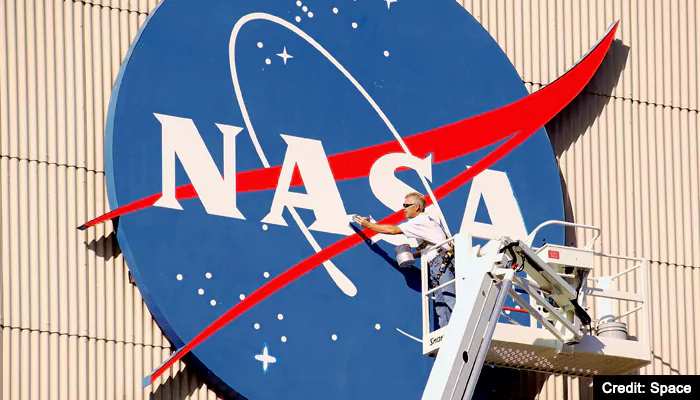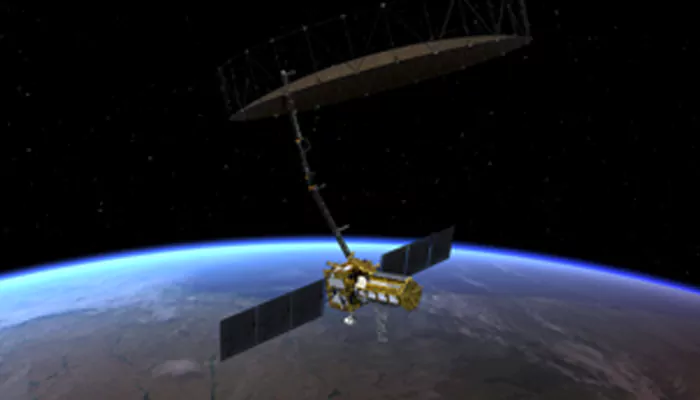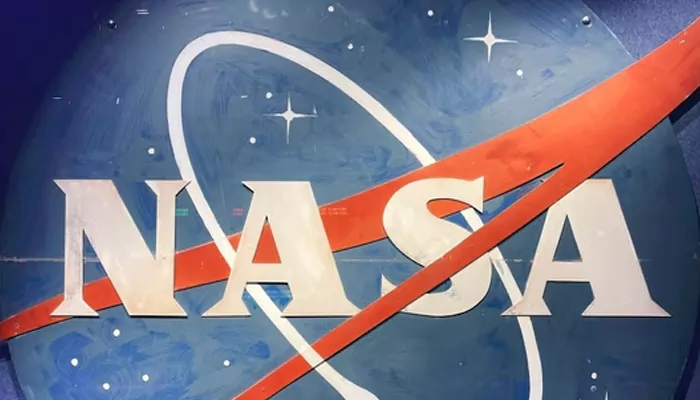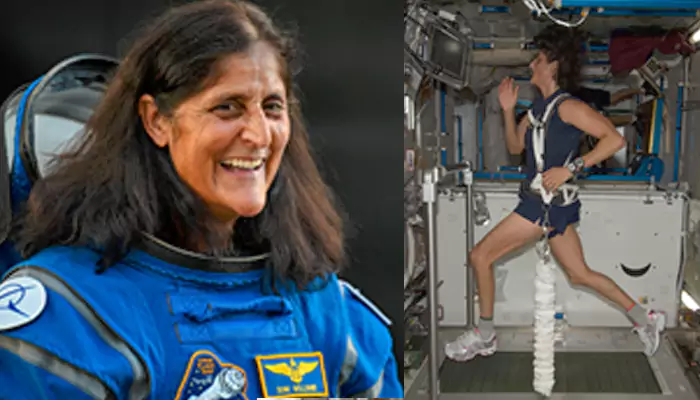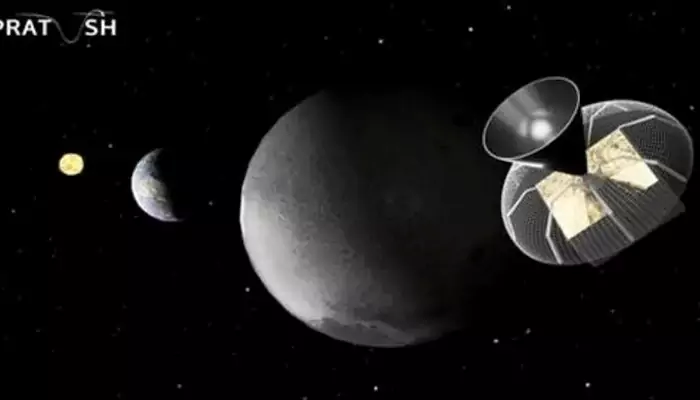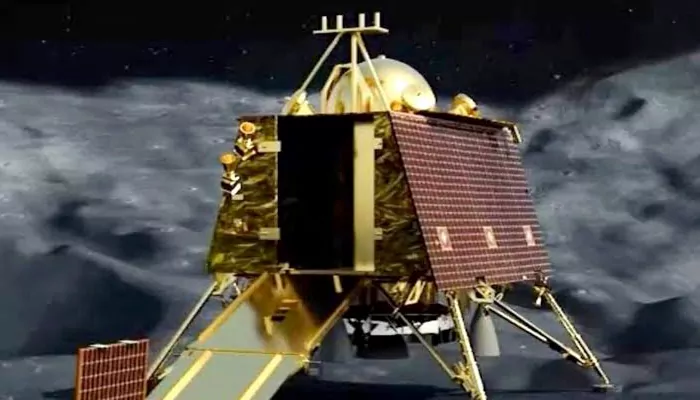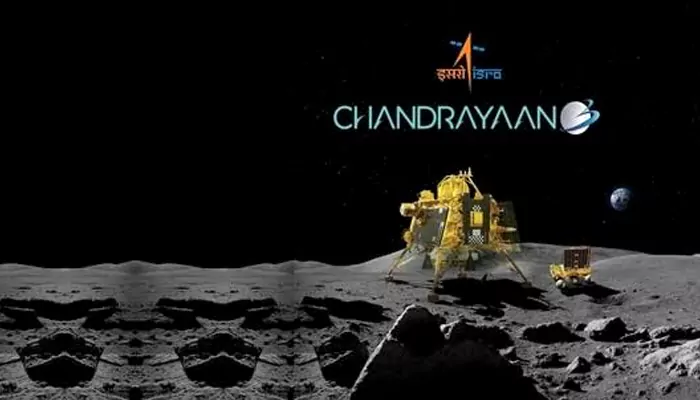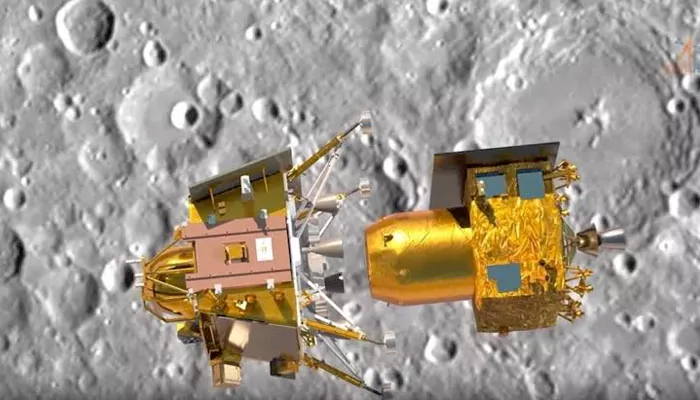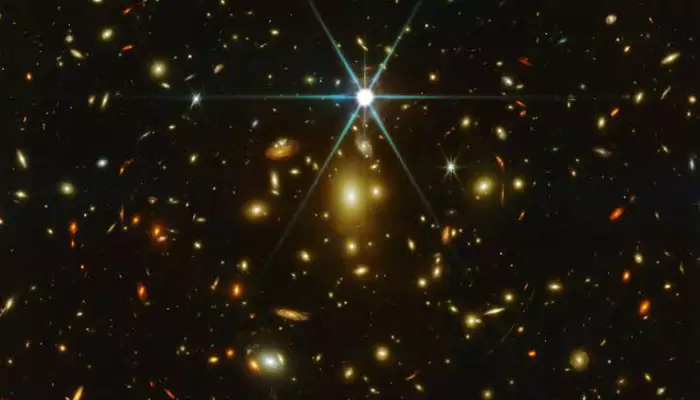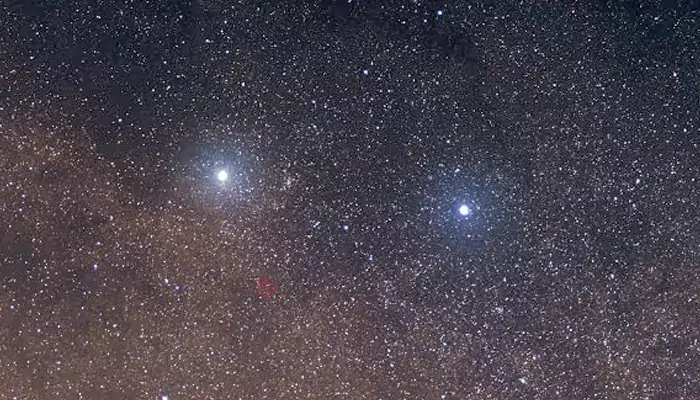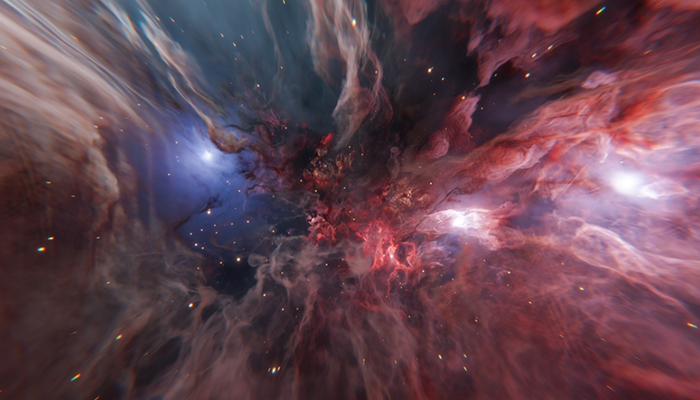
Here are today’s most important updates from the realm of Science and Space.
Countdown Begins: Europa Clipper Mission for Jupiter's Icy Moon Lifts Off Today
NASA to launch its largest planetary mission spacecraft to date, Europa Clipper to investigate the potential for human habitat. As per available data, Jupiter's moon is expected to contain a massive subsurface ocean under its icy upper crust. Thus, scientists are targeting Europa for astrobiological research.
The mission worth $5 billion, will carry spacecraft from earth to Europa for a 2.9-billion-km-long journey. The overall journey from Earth to Jupiter will take at least five and a half years. The spacecraft will be launched from NASA's Kennedy Space Center Pad 39A near Cape Canaveral, Florida at 12:06 p.m. EDT (1606 GMT) on Oct. 14, 2024.
Haven-1: Explore the World's First Space Station With Luxury Amenities
Today, Vast unveiled the final design for Haven-1, the world’s first commercial space station, setting a new standard. Guided by visionary designer Peter Russell-Clarke and astronaut Andrew Feustel, we’re pushing the boundaries of life in space with human-first design led by… pic.twitter.com/xDdMzNFnuF
— VAST (@vast) October 10, 2024
Credit - X/@vast
Space tech company Vast has unveiled the interior design of Haven-1, the world's first commercial space station. The sleek, luxurious, resort-like atmosphere is designed for comfort promising a new era of space travel. Haven-1 features a sophisticated gym to maintain health in zero gravity with private rooms for entertainment and communication technology. The space station can accommodate four astronauts in cosy rooms with storage, vanity, and a queen-sized bed for better sleep. Set to launch on SpaceX's Falcon rocket in 2025, Haven-1's first paying customers will board in 2026. The recently shared video about the design has left viewers in awe.
SpaceX’s ‘Mechazilla’ Catches Starship Booster in Historic First
Thousands of distinct vehicle and pad criteria had to be met prior to catching the Super Heavy booster. Thanks to the tireless work of SpaceX engineers, we succeeded with catch on our first attempt. pic.twitter.com/6wa5v6xHI0
— SpaceX (@SpaceX) October 13, 2024
Credit - X/@SpaceX
SpaceX's Starship test flight achieved a remarkable breakthrough as the launch tower's "chopstick" arms, named "Mechazilla" by Elon Musk catch the returning first-stage booster. The 233 feet tall (equivalent to 20 storey building) “super heavy booster” was blasted off attached to the Starship rocket and almost seven minutes later, made a picture-perfect controlled return to the same launch pad in Texas. The Mechazilla or the two large robotic arms attached to the launch tower gripped the descending rocket, as confirmed by SpaceX. This futuristic maneuver is a key milestone in rapid rocket reusability.
Web of Innovation: New Spider-Man-Inspired Fiber Lifts Heavy Objects

Scientists at Tufts University have developed a superhero Spider-Man inspired fluid, which can turn into a strong sticky fibre with the capability of lifting objects weighing over 80 times higher than their own weight. Previously, scientists have tried hard to create such strong fibres, which were not successful. However, the recent discovery is almost accidental as silk protein fibroin solutions turned into a semi-solid gel instantaneously as it was exposed to dopamine, creating high-tensile sticky fibres. During experiments, the gel successfully picked up steel bolt, a scalpel partially buried in sand, and a wood block from a distance of around 12 centimetres. If other tests undergo fine, this chemical might act as a gamechanger for industrial operations.

